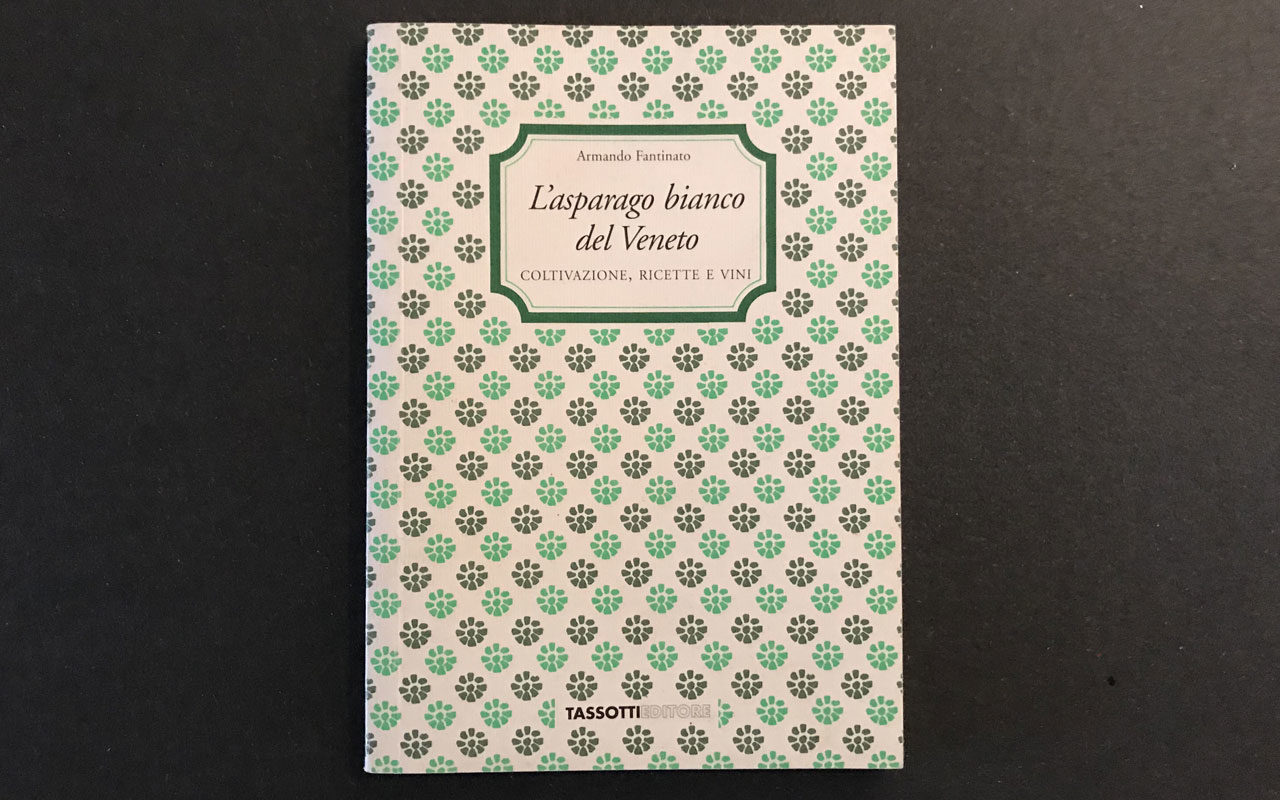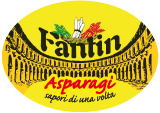
BOTANICAL NAME: Asparagus officinalis L.: this is how the illustrious Swedish scientist Carlo Linneo (1707-1778) called the plant. The word officinalis indicates that it is a plant with medicinal and therapeutic properties. L. instead recalls Linnaeus, who first classified this plant.
FAMILY: Asparagus belongs to the Asparagaceae family, considered by various authors to be a subfamily of the Liliaceae.
CULTIVATION CYCLE: it is a polyannual plant, i.e. it lives and produces for many years (8-15).
COMMESTIBLE PORTION: shoots (shoots).
FAMOUS NAMES: Italian, Asparago; French, Asperge; English, Asparagus; German, Spargel; Spanish, Esparrago; Portuguese, Esaparago; Dutch, Asperge; Danish, Asparges.
Rhizome AND ROOTS: the rhizome is an underground, horizontal, fibrous stem with buds in the centre and large, fleshy, smooth, cylindrical, straw-coloured roots with short rootlets. The combination of rhizome, roots and buds forms the paw.
TURION: botanically it is nothing more than the true stem of the plant, provided with scales or leaves. But harvested before it comes out of the ground, it represents the delicious edible part. With different cultivation systems, it can be obtained white, pink, violet or green.
FLOWERS, FRUITS, SEEDS: if not picked, the shoots become green branched stems with leaves, reduced to small scales, and the twigs threadlike. The small, solitary, bell-shaped, greenish-yellow flowers form at the nodes of these ramifications. The fruit is a berry, green at first and then scarlet, about the size of a pea, containing 5 or 6 black seeds.
VARIETIES (CULTIVAR): they are very numerous and are distinguished on the basis of agronomic, morphological and organoleptic characteristics (earliness, tardiness, shape, size, colour and flavour).
Text taken from:
The White Asparagus of Veneto
Armando Fantinato, Tassotti Editore, 1985





